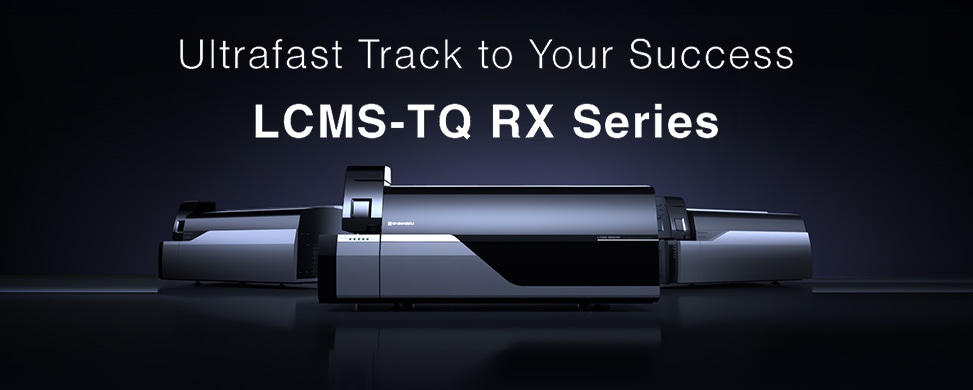
LCMS-TQ RX Series Triple Quadrupole LC-MS/MS
-Anionic surfactants stipulated in Japan’s Drinking Water Quality Standards (DWQS) can be analyzed in 9 minutes per cycle. -Anionic surfactant compounds can be detected at concentrations of 2 % or less of the DWQS standard value (0.2 mg/L). -Analysis of anionic surfactants in tap water can be performed with good repeatability and recovery rates that meet the MHLW’s Guidelines for the Validation of Drinking Water Quality Test Methods.
Anionic surfactants are substances that dissociate ions in aqueous solutions, with the anionic part exhibiting surface activity. Among anionic surfactants, linear alkylbenzene sulfonates (LAS) with 10 to 14 carbon atoms (C10–C14) are listed in the Ministry of Health, Labour and Welfare’s (MHLW) ministerial ordinance on drinking water quality standards,1) which stipulates a standard value of ≤ 0.2 mg/L for 5 constituent compounds. Following an amendment to the DWQS in April 2023 that added LC-MS to the list of LAS assay methods, a study analyzing LAS (C10–C14) using a triple quadrupole mass spectrometer was presented in the Application News No. 01-00519-JP. In this study anionic surfactants were analyzed using LCMS-8050RX. It successfully detected compounds at concentrations of 2 % or less of the DWQS standard value for anionic surfactants (0.2 mg/L), which complies with the methods stipulated in the MHLW’s ministerial ordinance on drinking water quality standards.
May 28, 2024 GMT
Some products may be updated to newer models